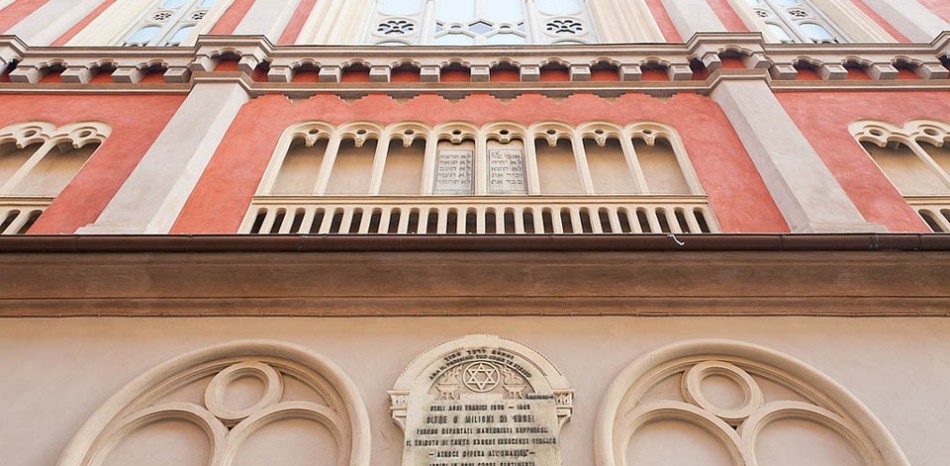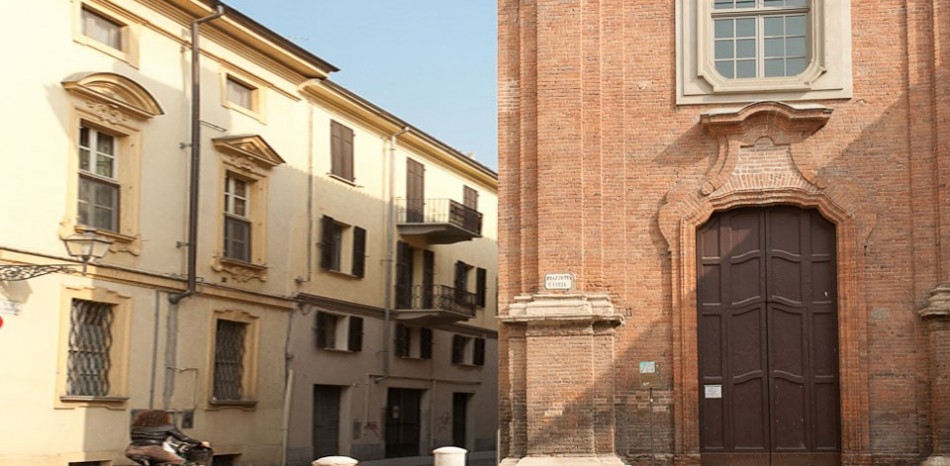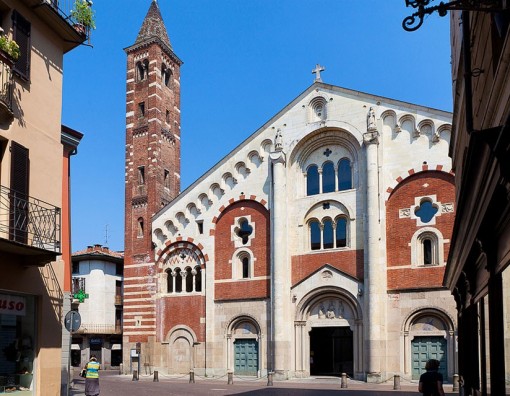This tour aims to explore the "new city",
which various local architects (Caselli and the Trolli above all) built starting from conquest by the Savoy (1707) and as a result of winning the battle against an entire district on the left bank of the river Tanaro (1728) to build the military town planned by Ignazio Bertola.
A short tour to explore the Baroque side of the city can be done through the historical center. Among the jewels of construction you definitely have to visit (palazzo Ghilini ) (Piazza della Libertà, attributed to the architect Benedetto Alfieri), now home to the Prefecture and the Province; near the palazzo Cuttica di Cassine, home to the Conservatory and the Pathways of the Civic Museums (via Parma), (the City Hall ) (Piazza della Libertà – work of Giuseppe Caselli and Leopoldo Valizone) and the (palazzo Guasco ) (Via dei Guasco, 47-49) .
But there is also a fascinating second circuit, always through the town center, where you can see the minor residential buildings: here are some names, to look for - just as if it were a treasure hunt (stately mansions are usually marked by a sign): Prati di Rovagnasco, Prati-Capriata, Conzani, Dal Pozzo, Ferrari di Castelnuovo,Figarolo di Gropello, Civalieri di Masio, Gavigliani, Bolla, Cavasanti, Trotti-Bentivoglio, Tapparone-Canefri. I have not given the addresses, but I can guarantee that they are within 200 meters of the City Centre.
No less rich are the religious buildings, from some classic examples of the Baroque style, elegant in simplicity: the (churches of Santa Lucia ) (piazza Santa Lucia), (Santi Alessandro e Carlo ) (via Alessandro III), Santi Stefano e Martino(piazza Santo Stefano), San Rocco (piazza San Rocco), San Giovannino(corso Roma) and the San Lorenzo (via San Lorenzo).
And even in this case, not to overlook the so-called minor examples: the church of Saints Sebastian and Dalmazzo (via San Dalmazzo), the Santa Maria della Misericordia (piazza Turati), Beata Vergine Assunta (via Guasco), l’Annunciata(via Rattazzi), Santa Maria della Domus Magna (via Ghilini, and the church of the former seminary (via Vochieri).
Roberto Livraghi









